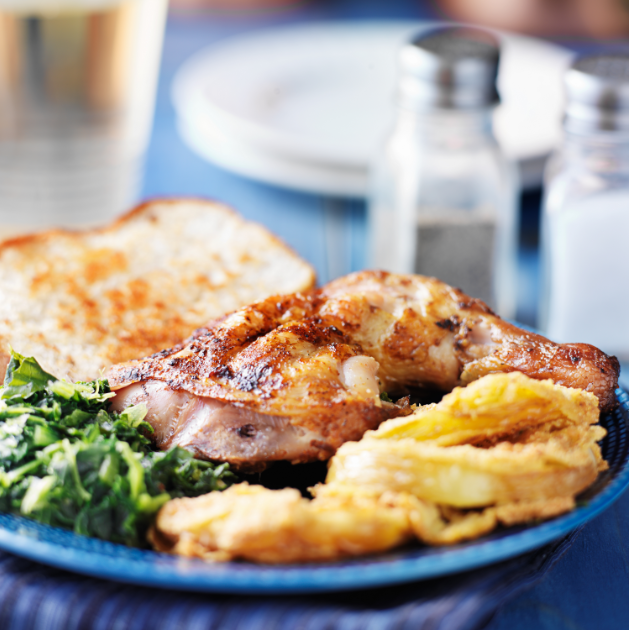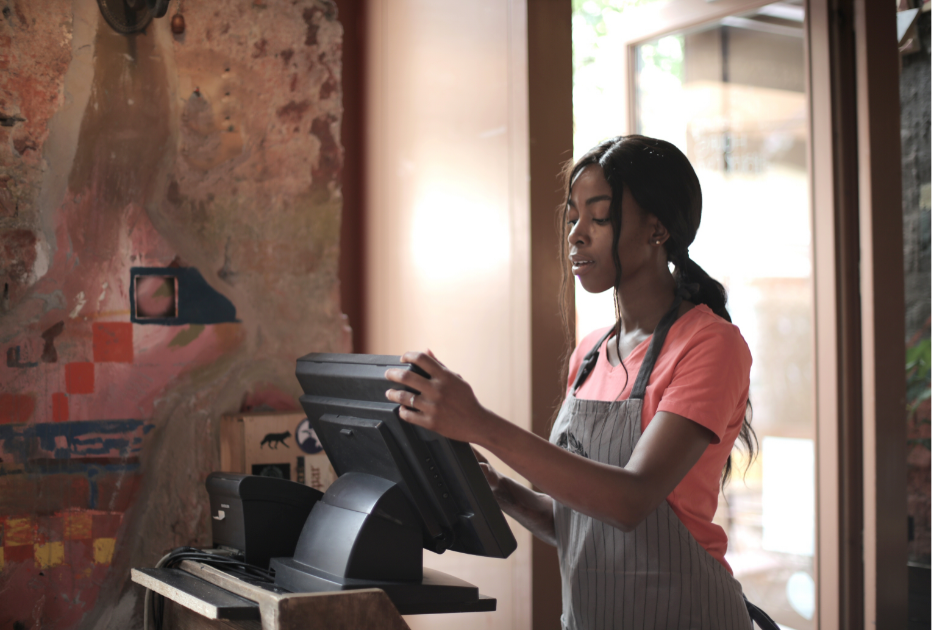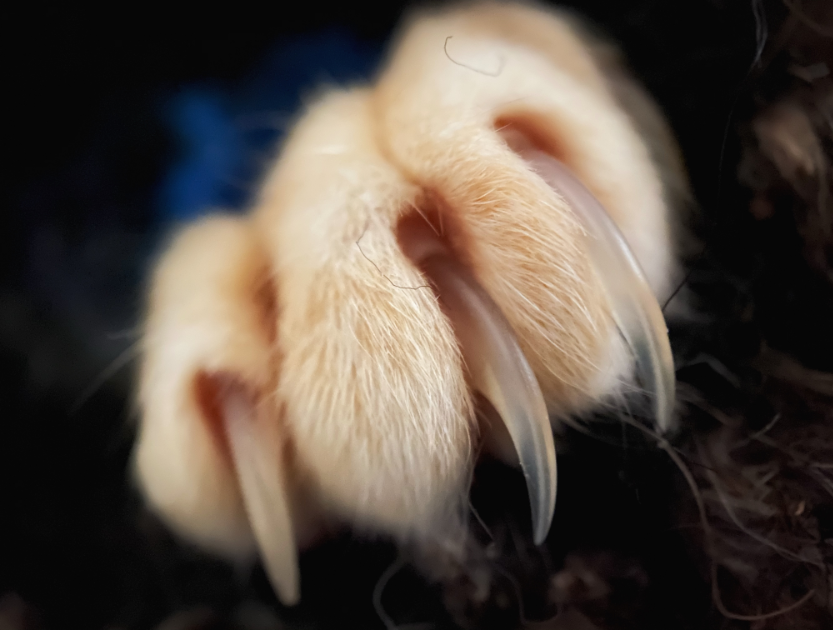These 6 photos show what life is like in a Philippine refugee camp.
The Philippine native people have been forced out of their lands. Here's where they ended up.
They call it bulawan, the gold beneath their lands.
It's one of the many catalysts of a war that has displaced many people in the Philippines. Gold is one of the biggest reasons behind shadowy paramilitary killings, behind the millions who've left their homes, and behind the bullets that rain over the country's ancestral lands every day.
In 2011, Philippine President Noynoy Aquino started an operation he called Oplan Bayanihan.
It was a counterinsurgency plan to provide peace, hopefully by fighting against the New People's Army, an armed revolutionary group.
The president also hoped to offer an easier route for local and international companies that wished to log and mine in the country's ancestral lands, the same lands where the New People's Army was said to be camping.
These were also the same lands that a group of indigenous Philippines, the Lumads, had been protecting for generations.
As a result of this operation, the Lumads found themselves in the midst of a hellish war.
Women, even young ones, were accused of being wives to rebels. Men who stayed too long on their farms were accused of farming for the rebels. The Lumads even said that militaries identified their schools as NPA-supervised schools and forced them to close down. Now, they say they have little chance of being educated.
After decades of evacuation, the Lumads are getting fed up.
Usually they hide in forests, waiting for a temporary ceasefire. But now, even those forests are being watched by the military. So they're leaving their lands and walking miles to a refugee camp in Davao City, hoping to find safety.
A Davao City refugee camp. All photos by Fatima Danan.
These people, the roots and the peasants of Philippine culture, are the backbone of the nation. Now, they have nowhere to call home.
This week I visited a refugee camp in Davao City, located on the grounds of UCCP Haran, a church-owned private property. There I asked some of Lumads I met about their lives and culture.
These are their stories.
Meet Nat'uloy, a disabled man who makes kudlungs, a traditional musical instrument.
Nat'uloy has been crippled for two years, so his wife carried him to the refugee camp on her back. She also took over the farming work back home.
“We couldn't bring food because the military would suspect that we were fleeing," he remembers, “so she carried me for about two days, and both of us and our children didn't eat anything."
Now, at the refugee camp, Nat'uloy makes artifacts from his homeland to keep their culture alive. He makes kudlungs, a string instrument similar to a guitar. It's a piece of home, he says. It takes him three days to finish one.
“Yes. Sometimes we sell it. But sometimes we just play it after my neighbors do their farming at home. At dusk, we play."
Meet Merlyn, a kind woman who has adopted two children during this crisis.
“I adopted two kids from different parents," she told me. “One of them, her father died of tuberculosis and her mother found another man. The other one also lost her parents from TB."
Meet Lora, a farmer by trade.
“I work in the sugarcane field. Sometimes I plant sweet potatoes, eggplants, anything," she says of life back home. To get to the Davao City camp, she walked for five days.
“Because there was no food, we ended up eating raw vegetables," she remembers. “I miss home. And working."
Meet Jenny, Malonie, and Bernadette, three little girls with big dreams.
From left to right: Jenny, Malonie, and Bernadette.
“I'm 12 years old," Jenny told me. “My father's already dead and my mom has another man."
Jenny and Bernadette were adopted because their parents fled or died during this crisis.
“It's hard to move from one relative to another. Now, I live with them," Bernadette explained. “My adoptive father works as a farmer and I help him every day."
Malonie, on the other hand, does not want to work in farming. “I'm a majorette dancer," she told me.
And meet Tungig, a young leader in his community.
Last year, Tungig brought more than 1,300 Lumads to Davao City. “I've been evacuating since I was 5 years old," he told me.
He explains that it takes seven months to harvest rice, which grows commonly in the Philippines and is the livelihood for many Lumads. By the time the Lumads return to their lands, the rice will be dead and they will need to start from square one with planting. It will take seven more months, then, for them to produce the food they need to survive.
It has been five months since the day many Lumads burned their slippers, used them as torches, and walked day and night to reach Davao City.
Since then, 12 babies have been born in the camp, and many pregnant women are worried about where they will give birth: in the refugee camp? Along the road as they walk home?
The Lumads want to go back to their ancestral lands, but that's still not in the picture. Instead, they fight with their voices as weapons, joining the massive support from locals in the city. Instead, they wait.




 Beaver on riverbank.
Beaver on riverbank.  Pbs Nature Swimming GIF by Nature on PBS
Pbs Nature Swimming GIF by Nature on PBS  An actual beaver dam on the now-thriving Price River
An actual beaver dam on the now-thriving Price River 
 Who doesn't love Pluto?
Who doesn't love Pluto?  Pluto agrees.
Pluto agrees. 
 Woman in denim jacket covers face with sleeve, standing outdoors with blurred background.
Woman in denim jacket covers face with sleeve, standing outdoors with blurred background. Woman with outstretched arms in a sunlit field, enjoying the outdoors.
Woman with outstretched arms in a sunlit field, enjoying the outdoors. Lush forest with vibrant green and orange foliage in soft, misty sunlight.
Lush forest with vibrant green and orange foliage in soft, misty sunlight. Friends laughing and drinking coffee at a cozy cafe table.
Friends laughing and drinking coffee at a cozy cafe table. Woman with curly hair in sunlight, eyes closed, wearing a purple top.
Woman with curly hair in sunlight, eyes closed, wearing a purple top. Man smiling with hand over face, standing outdoors against a blue sky background.
Man smiling with hand over face, standing outdoors against a blue sky background. Hand painting a still life on canvas with blue and orange tones.
Hand painting a still life on canvas with blue and orange tones. Woman sitting on a chair in the water, writing in a notebook at sunset.
Woman sitting on a chair in the water, writing in a notebook at sunset.
 "Bought an espresso machine, took some time to learn how to dial it in and pull a proper shot."
"Bought an espresso machine, took some time to learn how to dial it in and pull a proper shot." "Frozen meals are just as unhealthy, but much cheaper."
"Frozen meals are just as unhealthy, but much cheaper." "I’ve embraced the gray!"
"I’ve embraced the gray!"  "Bidet toilet seat is cheap, easy to install, much easier and faster to use."
"Bidet toilet seat is cheap, easy to install, much easier and faster to use."
 American portion sizes are colossal.Canva Photos
American portion sizes are colossal.Canva Photos American public restrooms aren't very private.Canva Photos
American public restrooms aren't very private.Canva Photos Cashiers in America stand all shift long.Canva Photos
Cashiers in America stand all shift long.Canva Photos America loves the Pledge of Allegiance.Canva Photos.
America loves the Pledge of Allegiance.Canva Photos. Cosmetic surgeries on pets are...a choice.Canva Photos.
Cosmetic surgeries on pets are...a choice.Canva Photos. America loves extra sugar in savory foods.Canva Photos.
America loves extra sugar in savory foods.Canva Photos.